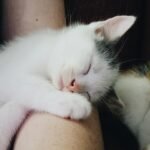As urban landscapes expand and more people migrate into city centers, animals, too, are finding ways to coexist amidst concrete and steel. One creature that has brilliantly adapted to this urban sprawl is the domestic cat. Originally inhabitants of the wild, cats have developed unique adaptations to thrive in bustling cityscapes. By exploring their journey from fields to feature in our apartments and streets, we uncover the remarkable resilience and adaptability of these feline friends.
Understanding Urban Adaptation
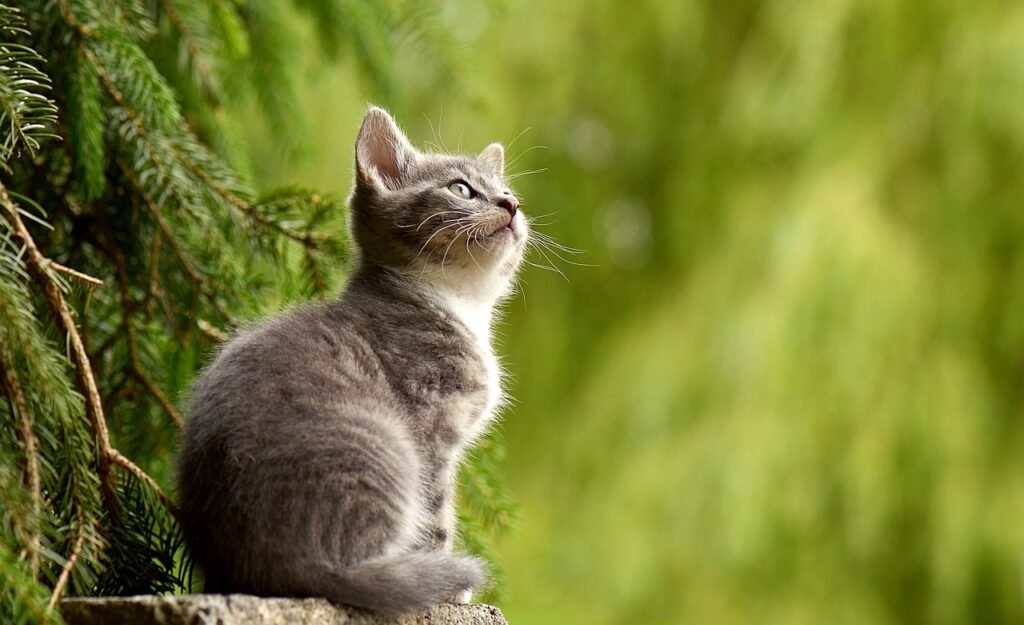
Cats are territorial animals, and urban environments greatly differ from the open spaces they traditionally roamed. However, their natural instincts have allowed them to not only survive but thrive in urban settings. The ability to navigate confined areas, coupled with their keen senses, enables cats to adapt seamlessly into this new world.
Sensory Prowess
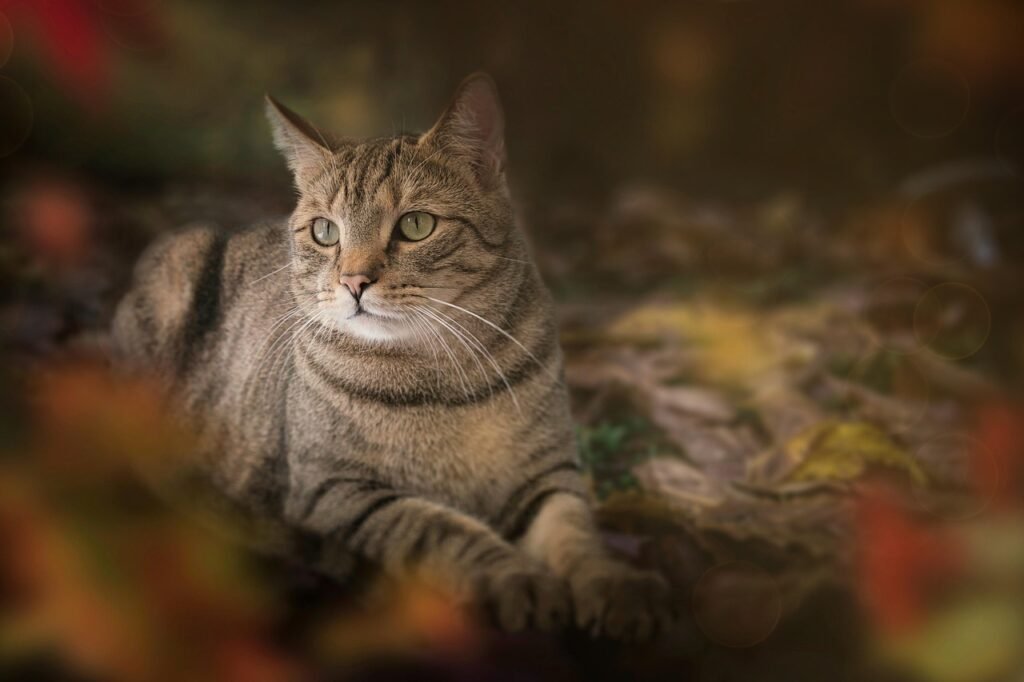
Cats are equipped with acute senses that aid their survival in cities. Their exceptional night vision helps them maneuver through dimly lit alleyways, while their sensitive hearing allows them to detect even the faintest sounds, guiding them away from potential dangers such as cars and city noises.
Stealth and Agility
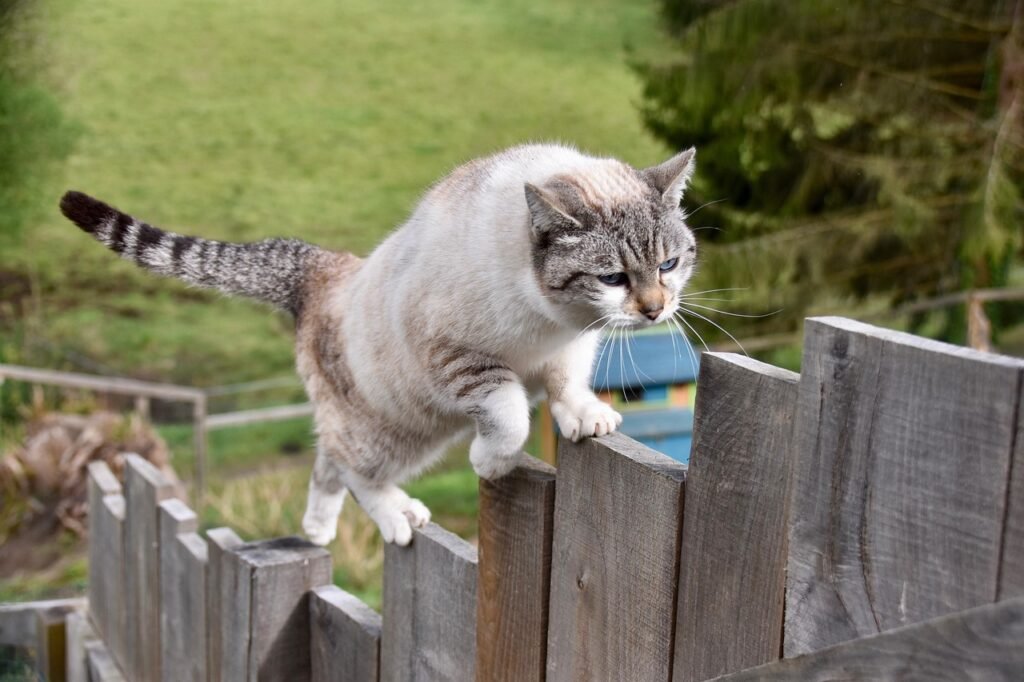
The urban jungle is fraught with hazards, but a cat’s stealth and agility offer protection. These agile creatures can easily jump over fences, scale walls, and navigate rooftops, giving them access to safe vantage points away from predators and other threats. Their nimbleness also aids quick escapes, ensuring their safety in pressing circumstances.
Diet and Foraging
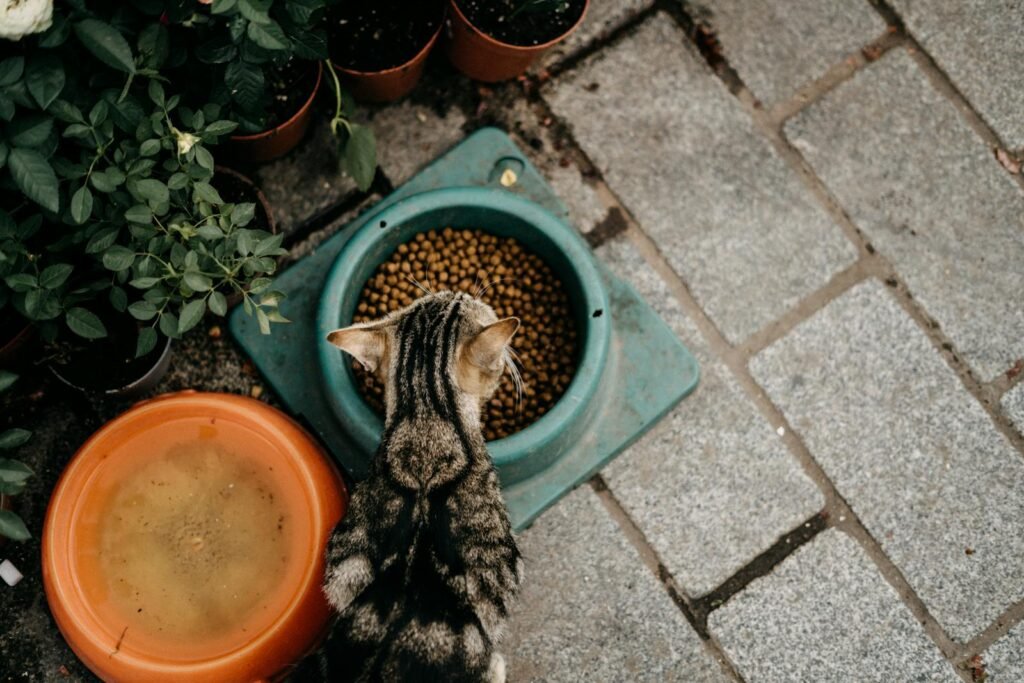
Although city cats don’t have the same hunting grounds as their rural cousins, they have adapted their diet accordingly. In urban areas, their food sources have diversified, with many having access to the generosity of human neighbors who provide food. Some have become adept foragers, finding sustenance in leftovers or small prey available in the city.
Social Interaction

Contrary to the solitary nature often associated with cats, urban environments have seen the evolution of semi-social behavior among city cats. Many form colonies that offer mutual benefits such as protection and shared resources. This social adaptation fosters community living among cats alongside human environments.
Navigating Human Spaces

Cats recognize that humans can also be allies. Many urban cats are cautiously curious about people, learning to differentiate between friend and foe. This cohabitation allows for a mutually beneficial relationship, with humans providing food and shelter, and cats offering pest control in return.
Health and Safety Concerns
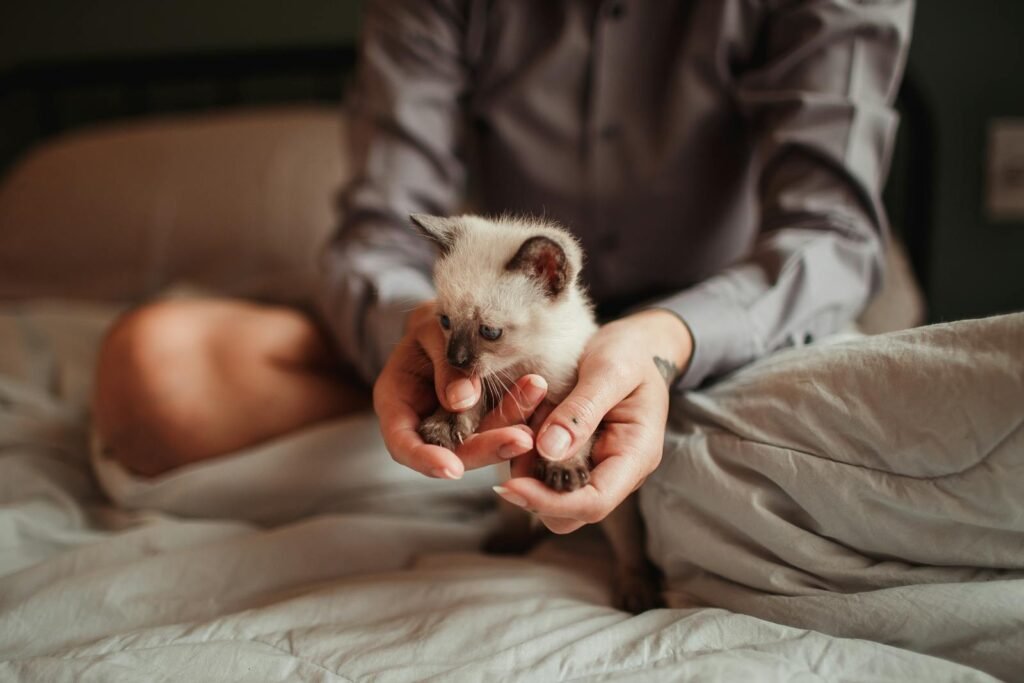
Urban environments pose specific health risks, such as exposure to pollutants and dangerous traffic. However, urban cats have become adept at avoiding many of these hazards. Routine veterinary care plays a critical role in maintaining their health, preventing diseases common in high-density areas.
Adaptation in Breeding

Reproductive adaptations have been noted in city-dwelling cats. Urban cats may breed more frequently due to the consistent availability of food sources. However, this has also led to concerns about overpopulation, making spaying and neutering essential management practices in urban environments.
Impact of Climate and Seasonality
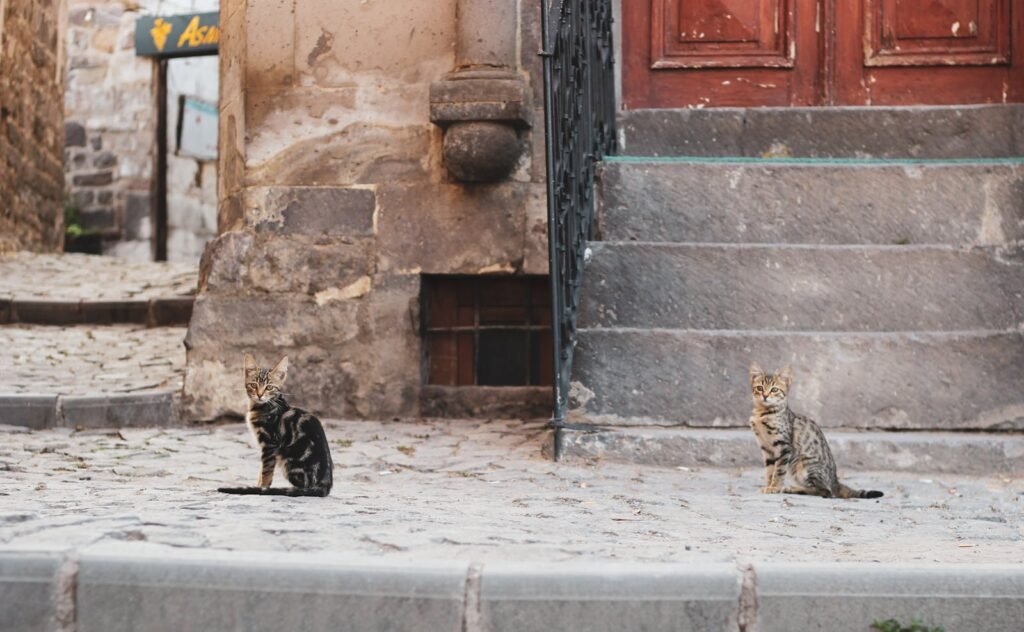
Cats in urban environments experience less impact from seasonal changes due to the consistent resources available throughout the year. Heated buildings and readily available food allow them to maintain stable condition throughout harsh winters or scorching summers.
The Role of Shelters and Organizations
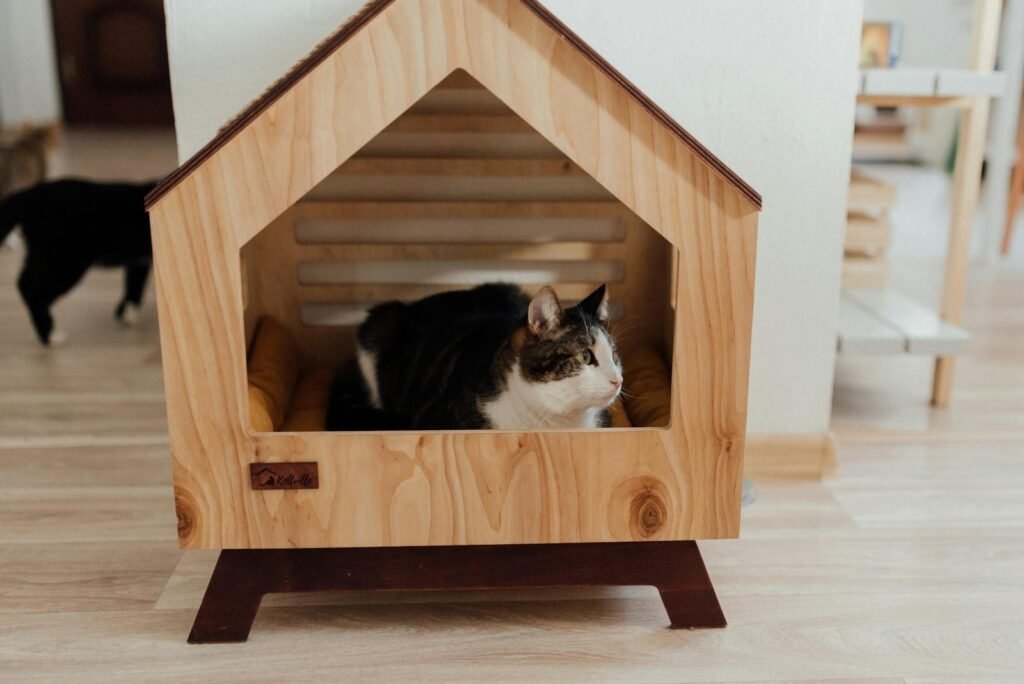
Animal shelters and organizations play a vital role in monitoring and supporting urban cat populations. Offering rescue services, medical care, and adoption opportunities, these groups help manage and reduce stray cat numbers, ensuring a balance between urban living and animal welfare.
Final Thoughts on Urban Adaptation
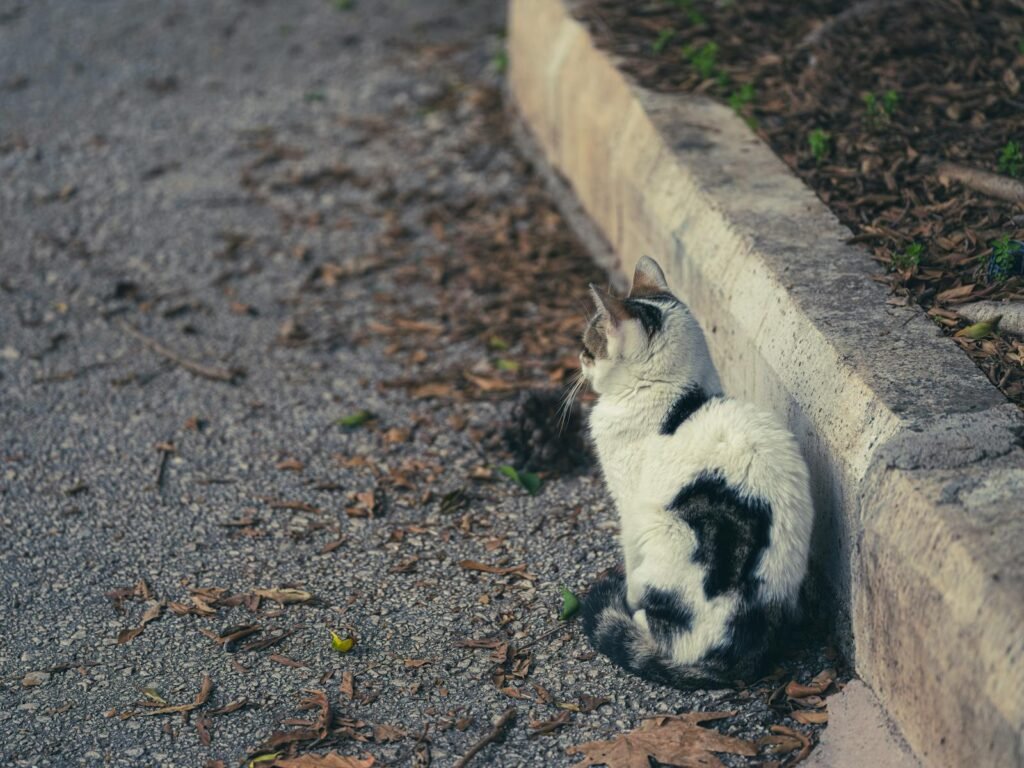
Cats exemplify the remarkable adaptability of nature, showcasing how feline instincts can adjust and thrive in the man-made landscapes of cities. As humans continue to expand urban territories, recognizing and supporting this symbiotic relationship between cats and urban environments ensures coexistence with these enduring companions. Embracing their presence enriches our urban habitats, reminding us of the resilience and interconnectedness of living beings.

Growing up traveling and experiencing new cultures and wonders, I have had a passion for nature, adventuring, photography, and videography. I am currently working towards a BSc in Biodiversity and Ecology at Stellenbosch University, and I hope to specialise in Marine Sciences one day.
Please send any feedback to Feedback@animalsaroundtheglobe.com




